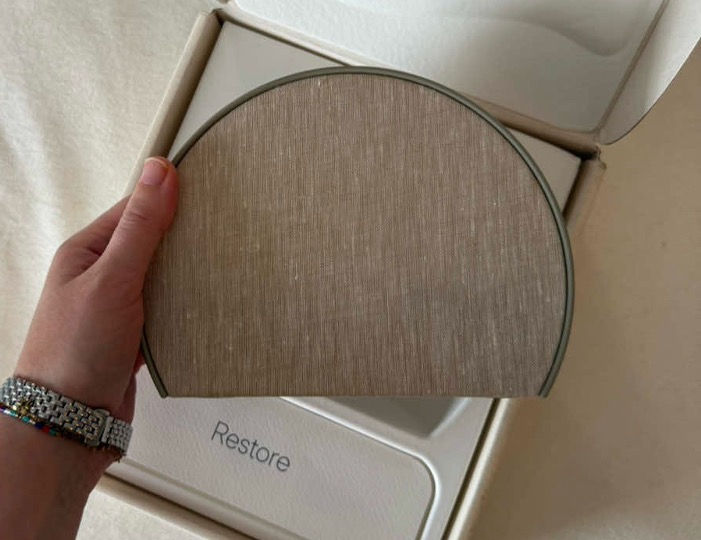Zettelkasten: the communication partner who always surprises you
- Shooglebox

- Nov 27, 2020
- 2 min read
Many writers and researchers have used files of index cards to store snippets of ideas and inspirational quotes or reference material – but German sociologist Niklas Luhmann took his note filing system to a new level.

He called it Zettelkasten – literally Box of Paper Slips – and he regarded it as behaving like another person: a “communication partner” he could interact with and who would constantly surprise him.
He said: “One of the most basic presuppositions of communication is that the partners can mutually surprise each other.”
When you talk to someone they might introduce you to new information or a new insight you hadn’t thought of as they’re coming from a different perspective to you.
This often helps one or both of you to form new associations in your mind. Something random in the conversation might inspire a creative thought.
Luhmann wanted his Zettelkasten to have the same capacity for random surprises.
He wanted to learn something new when he interacted with his “box”.
And he wanted it to help him think creatively and make associations.

Luhmann said it's impossible to think properly without writing things down – so it makes sense to take advantage of your note-taking by creating a system that will act like a communication partner.
The key was not to try to arrange your cards into topics and sub-topics but to keep them in one big open system – and instead focus on making connections between cards.
Every note is just an element which gets its value from the network of links and back-links in the system.
The different contexts you’re working in at different times will often suggest lots of new links to other notes.
Luhmann said your Zettelkasten might need a number of years to reach critical mass.
To begin with, it’s just a container to retrieve things from.
But as it grows in size and complexity it becomes like a second memory:
"As a result of extensive work with this technique a kind of secondary memory will arise, an alter ego with whom we can constantly communicate. It is similar to our own memory in that it does not have a thoroughly constructed order of its entirety, no hierarchy, and most certainly no linear structure like a book. Because of this, it gets its own life, independent of its author. "
Luhmann said: “The Zettelkasten yields combinatory possibilities that can never have been planned, anticipated, or conceived that way.”
Surprises pop up – a long-forgotten note might surface that suggests a new thought, a new association, a link you would never have considered at the time you first wrote the note.
Read Luhmann's own essay describing the way he and his Zettelkasten communicated with each other.



